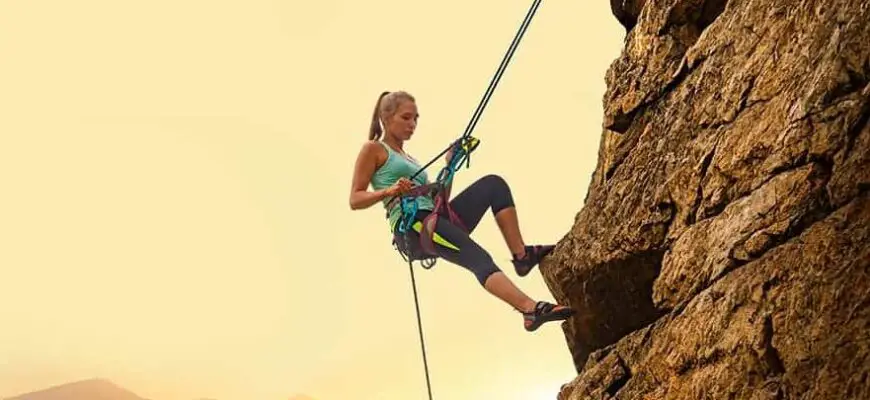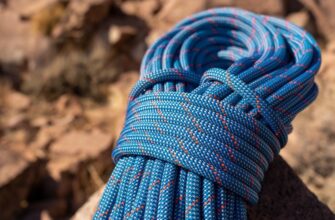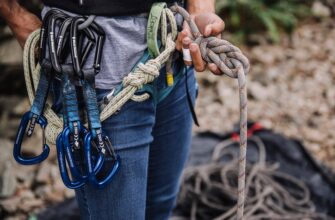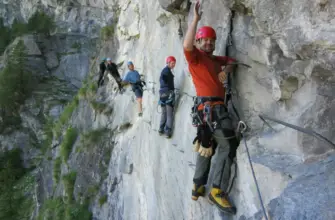There is no doubt that a climbing rope is a very important tool in climbing activities. However, there are two different types of rope: static rope vs dynamic. Of course, two ropes are meant for different purposes and they both have their specific use. To show the example rescue workers and climbers require different types of climbing equipment.
Climbers need to know the difference between them since using inappropriate rope can lead to serious injury. So in what follows we’re going to tell you the main factors, such as construction methods, usage, safety ratings, you need to take into consideration before choosing between dynamic and static rope.

- Types of climbing ropes
- Static rope
- Materials
- Usage
- Variety and colour
- Dynamic rope
- Materials
- Usage
- Variety and colour
- Types of dynamic ropes
- Single ropes
- Half ropes
- Twin ropes
- Static and dynamic rope. Safety ratings
- Fall factor
- Dynamic and static elongation
- Impact force
- FAQ
- What is a static climbing rope used for?
- Can you rappel with static rope?
- Is arborist rope static or dynamic?
- Can you haul with a dynamic rope?
- To conclude. Static rope vs dynamic rope
Types of climbing ropes
There are two main types of climbing rope: static and dynamic rope. Static rope is not very stretchable which makes it effective in situations such as descending an injured climber, ascending a rope, or lifting a load.
Dynamic rope, on the other hand, is stretchable which helps to absorb the impact of a climber during the fall.
There are also different types of dynamic rope. They are single rope, half rope, and twin rope.
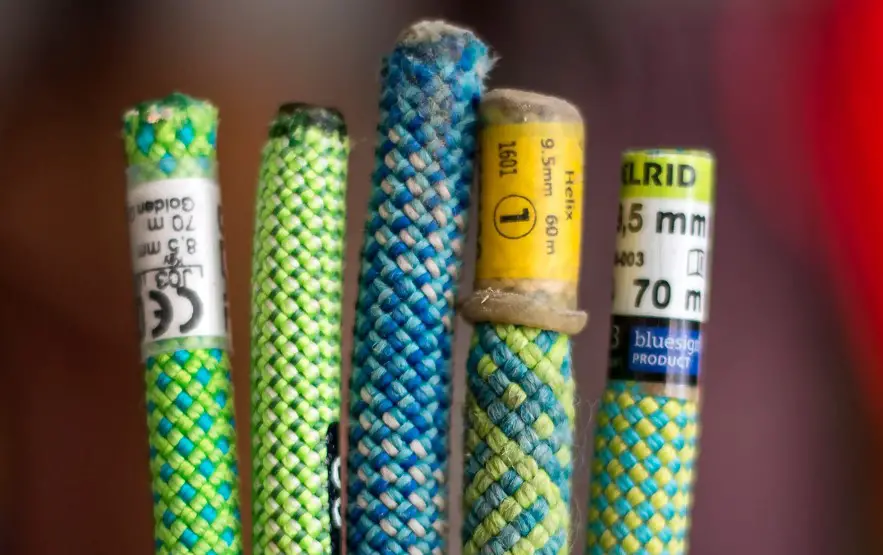
Static rope
Static ropes are designed to have a minimal amount of stretch. It is not used for mountain climbing, but for close related activities such as rappelling gear lines, and rescue work (for example, fire rescue operations).
Materials
Today static ropes are mainly made of synthetic fibres. They have minimal elongation and maximum strength. Their diameter usually varies from 9 to 13 mm. So the thicker the static rope is the more stable and stronger it is.
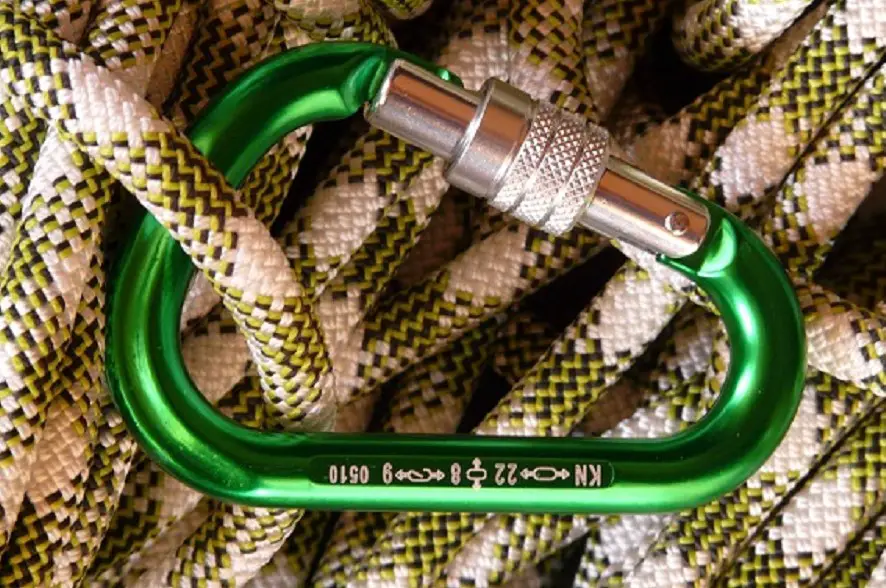
Usage
The main characteristic of static ropes is that it doesn’t stretch under the heavy lodes, which makes them indispensable for fire rescue operations, rappelling, caving, hauling gear and abseiling.
They are suitable for lifting a load or descending an injured climber.
In these situations, your rope is not to stretch.
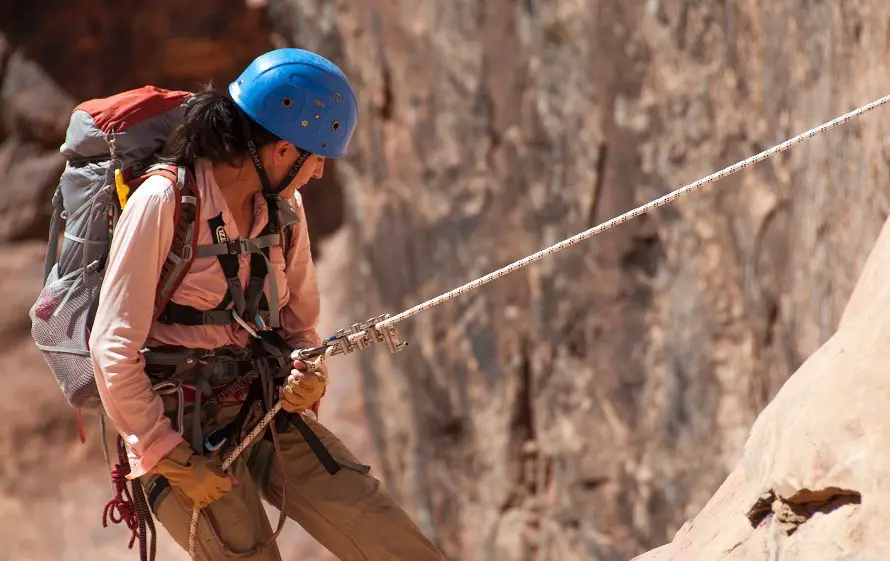
Variety and colour
Choosing a static rope you’ll see that there aren’t many variations of it. They usually come in the same colours (black and white) and they don’t provide as many options to choose from as dynamic ropes do.

Dynamic rope
Unlike static ropes, dynamic ropes are very stretchable to absorb the impact of a falling climber. It reduces the risks of injuries and impact during the fall. This is the reason why you shouldn’t use static rope for climbing activity. Dynamic climbing rope is able to absorb the energy of a sudden load faster than a static line.
Materials
Dynamic rope is usually made of nylon, which absorbs energy and reduces rope drag. The diameter varies from 7 to 11mm and the length varies from 30 to 80+ metres.
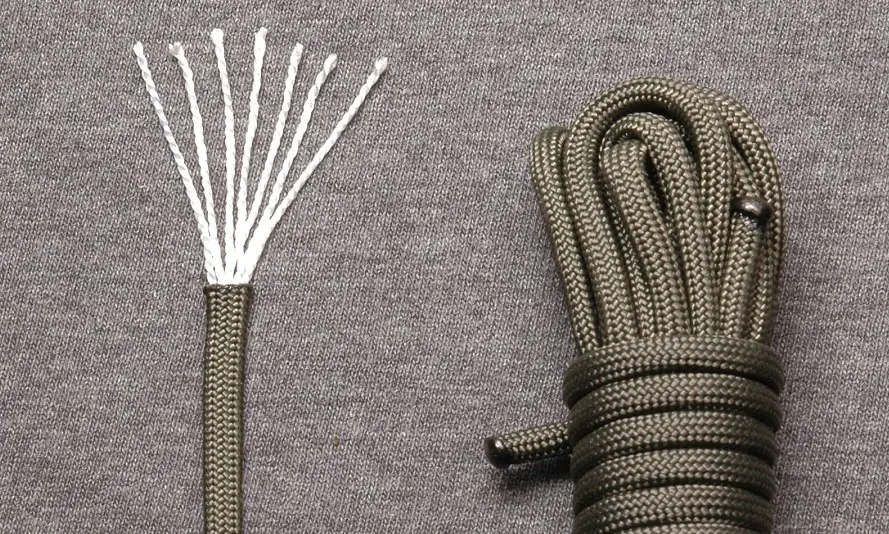
Usage
Dynamic ropes are ideal for climbing activities where there is a huge risk of falling. These are ice climbing, rock climbing (leading and top roping), sport climbing, lead climbing, trad climbing, gym climbing, big wall climbing and alpine climbing.
Dynamic rope is not meant to be used with other ropes.
Dynamic rope actually can be used for rappelling and rescuing, but it’s not an efficient option.
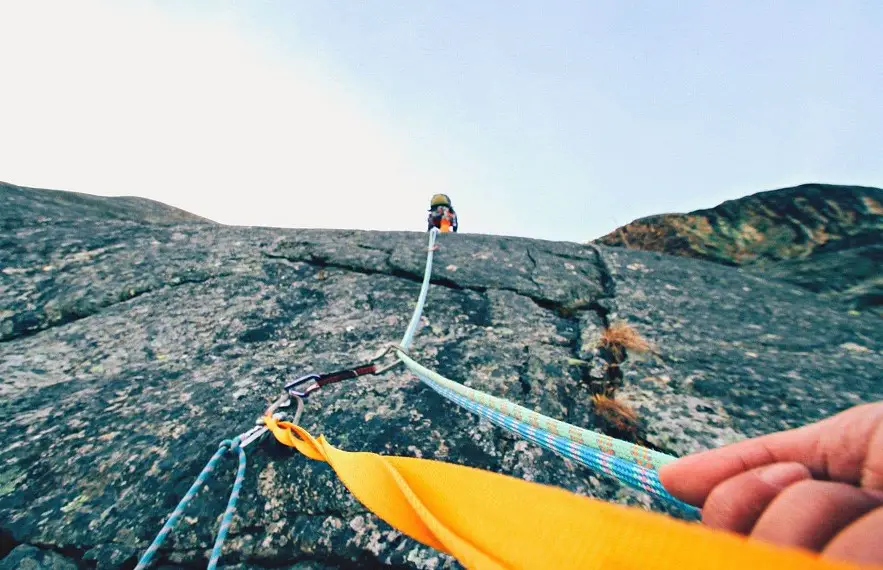
Variety and colour
Speaking about colour, dynamic ropes usually come in bright and shiny colouring.
As we have already said, there is a much wider selection of dynamic ropes in comparison with static ropes.

Types of dynamic ropes
The main difference among these types is the kind of activity they are used for.
Single ropes
Many climbers prefer to buy single ropes. “Single” means that this type of rope can be used for one person only. They may come in different diameters and lengths which makes them suitable for different kinds of activities. This is usually the easiest dynamic rope to handle.
Thick single ropes are more likely to be used in big wall climbing and gym climbing. Mid range single ropes are usually used for sport climbing. Thin single ropes are better to be used for multi-pitch climbing since they are lightweight.
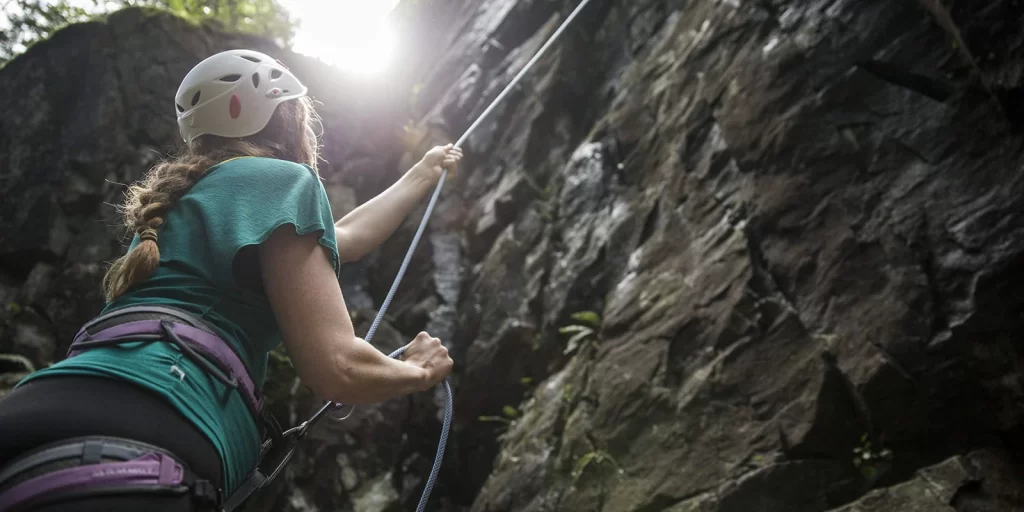
Half ropes
Half ropes require more skills and effort. They consist of two parts that run through a belay device. One is used for gearing on your right and the other is used to clip into gear on your left. This helps to reduce drag.
Since there are two different climbing ropes you can share the weight of the load with your climbing partner on the approach.
The main advantage is that half rope is effective in reducing rope drag on wandering routes. And special design makes it possible to provide redundancy if one gets damaged during a fall or cut by a rockfall. Speaking about disadvantages, half ropes are heavier than single ropes and require more skills to deal with.
This type of climbing rope is designed to use as matching pairs, so don’t mix different brands, cause this can be rather dangerous.
To ensure maximum versatility you can use triple-rated ropes as half ropes as well.
Twin ropes
Twin ropes seem very similar to half ropes, but the difference is that twin ropes are to always be in pairs. If you use twin ropes, make sure that both strands are clipped through every piece of protection. Moreover, they are usually lighter than half ropes and give you double the length of the descent compared to a single rope.
Twin rope provides support if one rope fails. Dynamic climbing ropes are not likely to be used for rappelling, but twin ropes can provide plenty of slack for it.
The disadvantage again is that this climbing rope is heavier than a single rope (cause it consists only of one rope), which is why it requires more skills and effort from mountain climbers to use.
This type of rope is common to be used in ice climbing.
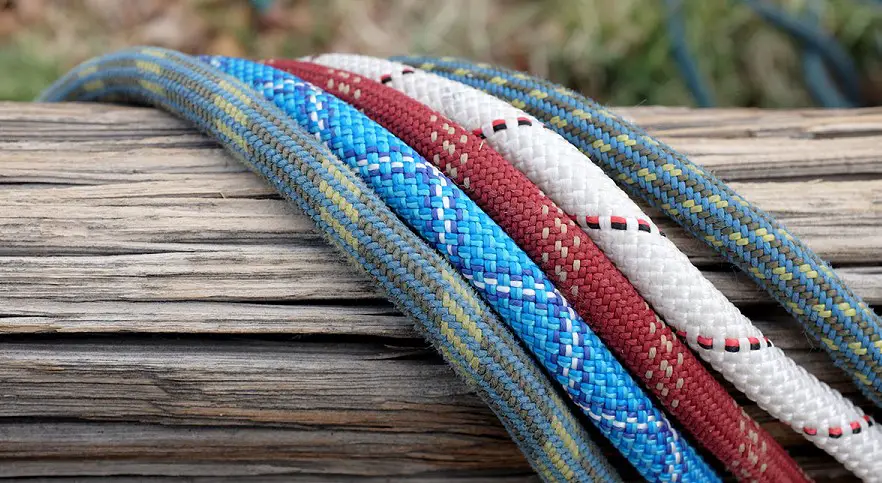
Static and dynamic rope. Safety ratings
Here we’ll give you some information about the safety ratings of each climbing rope presented by UIAA.
Fall factor
The fall factor is calculated by dividing the fall distance by the amount of rope dropped. So according to UIAA all single ropes and half ropes must withstand a minimum of 5 UIAA falls. And for twin ropes, it is 12 UIAA falls.
It is crucial to check the fall rating before using a climbing rope, cause it is trusted and protects you from getting seriously injured.
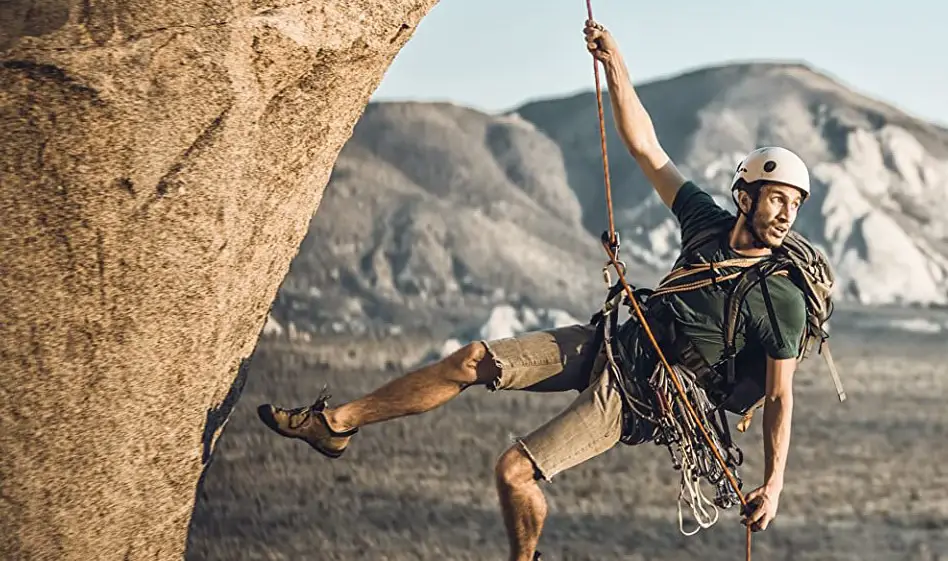
Dynamic and static elongation
Static elongation shows how a dynamic rope stretches with an 80kg weight hanging from it. It can’t go beyond 10% of the total rope length and 12% for half ropes. This indicator is important to consider before climbing top rope and climbing fixed ropes which have ascenders. Less of this elongation is eligible for top roping
Dynamic elongation is the distance the rope stretches during the first UIAA fall. Lower elongation is better because it may prevent it from hitting a ledge or the ground. It provides a soft landing, but it comes with greater stretch which is not efficient using top roping. However, it means that there will be a higher impact force on the climber.
Sheath slippage is a measurement which shows how far the sheath is separated from the core. Most ropes today are desirable to have 0% on this rating.
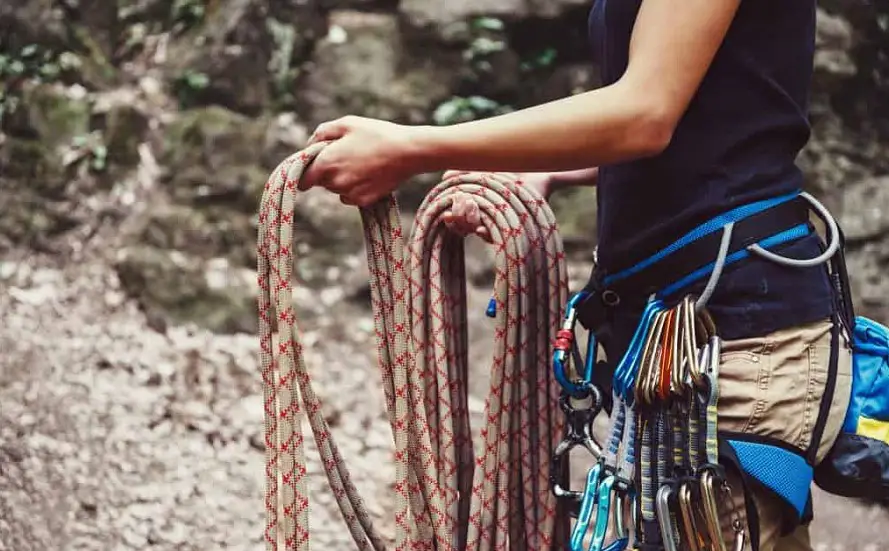
Impact force
Impact force shows the amount of force that would be put on the person attached to the rope and the anchor system.
The number indicates the force on the climber, belay device and gear.
The lower this indicator, the softer the landing will be after the fall.
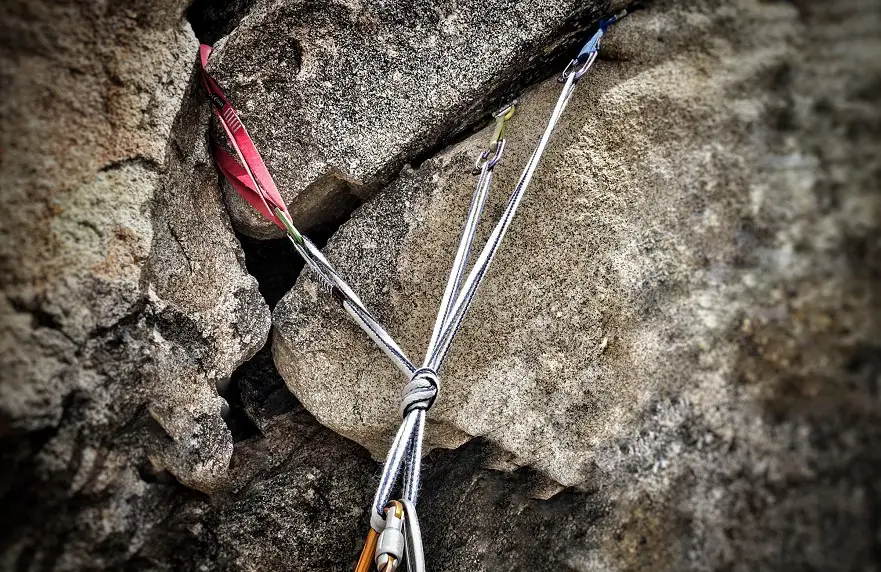
FAQ
What is a static climbing rope used for?
Static rope has a minimal amount of stretch. This type of rope is mainly used for rescue work, rappelling, caving, hauling gear and abseiling. The static rope allows the person to have a more controlled descent.
Can you rappel with static rope?
Sure, you can. Static ropes are good to use for rappelling.
Is arborist rope static or dynamic?
Arborist rope is more a static rope than a dynamic. Dynamic climbing ropes are more stretchable, which is good for rock climbing, but not efficient for tree climbing.
Can you haul with a dynamic rope?
Yes, you can. Dynamic rope can be used as a haul line and the great thing about it is that you have a spare lead line in the system, which ensures your safety.
To conclude. Static rope vs dynamic rope
As you may see dynamic and static ropes are quite different since they are used for different purposes. Static rope is more commonly used for rescue matters, rappelling, and caving. It is not elastic which makes static rope a great equipment tool when you need to lift a load or descend an injured person.
A dynamic climbing rope has a wider range of usages. It is considered to be the best rope for mountain climbing and lead climbing, cause it ensures security during the fall. The rope’s ability to stretch during the fall and soften is the reason why it is highly recommended for safety lines. There are various types of dynamic rope.
Single dynamic rope is used by one person and usually is the best for gym and wall climbing. Twin rope consists of two ropes and requires more effort to use. It may come with an additional rope which is used for safety.
While choosing between static vs dynamic rope pay attention to such features as the purpose of usage, elastic stiffness and safety ratings.

